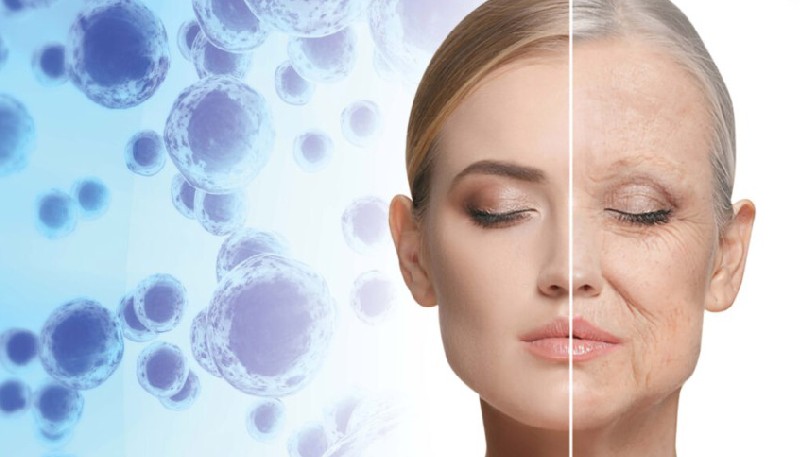
For over two decades, stem cell therapies have captured the imagination of both the scientific community and the general public. These remarkable cells, with their ability to self-renew and differentiate into specialized cell types, hold immense promise for treating a wide range of ailments. Within the realm of aesthetics, stem cell treatments for skin rejuvenation have emerged as a topic of fervent interest.
However, navigating this exciting yet nascent field requires a balanced perspective. As a healthcare professional with 25 years of experience in treatment development and research, I offer this analysis of stem cell protocols for skin rejuvenation.
Skin health is a complex interplay between collagen production, cellular turnover, and the body’s natural healing mechanisms. As we age, these processes slow down, leading to wrinkles, fine lines, and a loss of skin elasticity. Stem cells, particularly mesenchymal stem cells (MSCs) derived from fat or bone marrow, offer a potential solution.
Theoretically, by introducing these versatile cells into the dermis, we can encourage skin regeneration, improve texture and tone, and reduce the appearance of wrinkles.
The number of treatment sessions, cell concentration, and injection techniques can vary depending on the clinic and the desired outcome.
Despite the inherent appeal, it’s crucial to acknowledge the limitations of current stem cell protocols for skin rejuvenation. While some studies have shown promising results in terms of improved skin texture and reduced wrinkles [1], the research field is still in its early stages.
While stem cell treatments for skin rejuvenation offer a glimpse into the future of aesthetic medicine, a cautious approach is warranted. Continued research, standardized practices, and robust regulatory frameworks are essential before these therapies can become a mainstream option.
For those seeking skin rejuvenation, traditional evidence-based treatments with proven results remain the gold standard. However, as the science of stem cell therapies progresses, this promising field has the potential to revolutionize how we approach skin health and aesthetics.
Sources:
Yin et al. 2017. Adipose-derived mesenchymal stem cells for skin rejuvenation: A systematic review and meta-analysis of randomized controlled trials: https://www.ncbi.nlm.nih.gov/pmc/articles/PMC5600176/
Whether you need help with marketing, patient financing, legal compliance the team at Rize Up Medical can help.
Let us help you maximize efficiency and profit.

DISCLAIMER: THIS SITE DOES NOT OFFER MEDICAL GUIDANCE. The content available on this website, which includes but is not limited to text, visuals, images, and other materials, is solely for informational purposes. None of the resources provided here should replace expert medical counsel, diagnosis, or care. It is essential to consult your doctor or a competent healthcare professional if you have concerns about any medical conditions or treatments, prior to beginning a new healthcare routine. Do not disregard expert medical recommendations or postpone seeking assistance due to information found on this site.